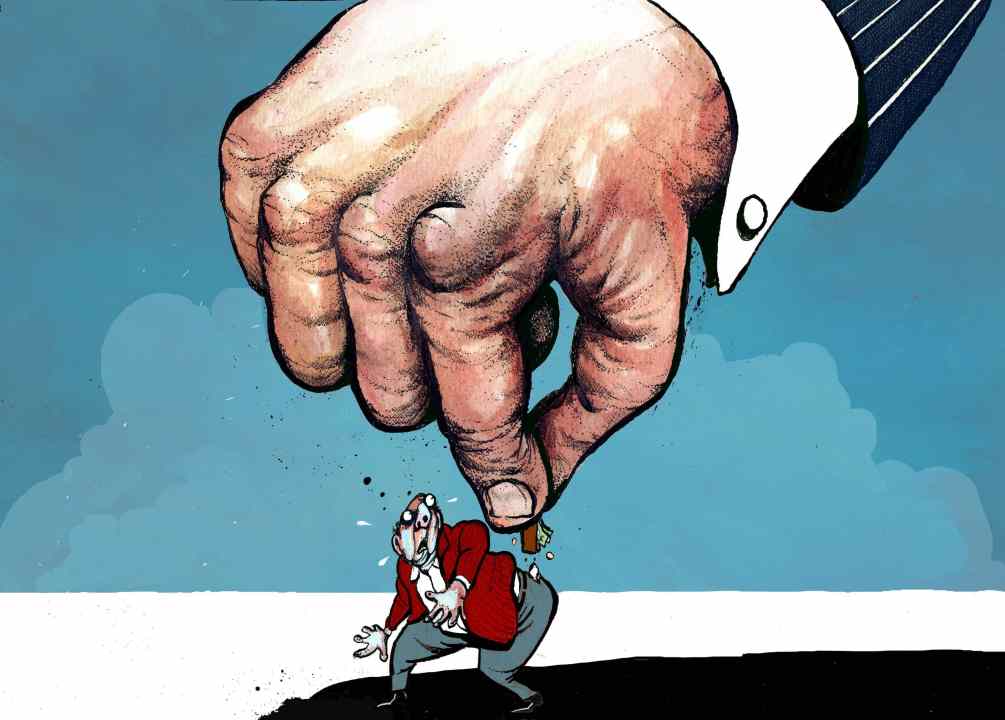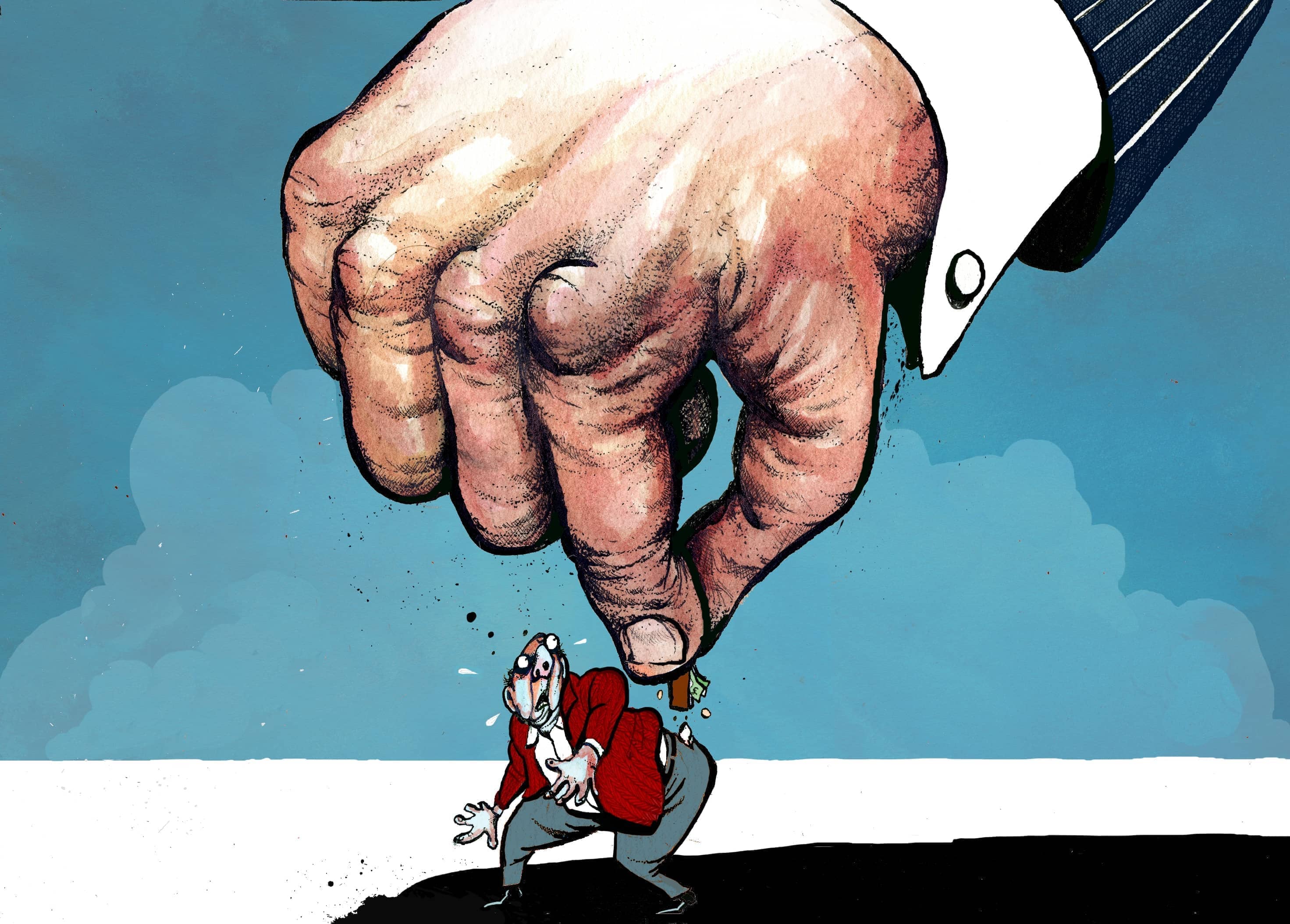On the surface, the UK’s economic recovery appears to be on track. The Office for National Statistics revealed this morning that retail sales were up 0.8 per cent last month, beating expectations of a 0.5 per cent rise. Consumer confidence and the number of people heading back to the shops continues to rise, with the proportion of online retail sales falling to 27.3 per cent. This is substantially higher, however, than the pre-Covid level of just under 20 per cent.
Non-food stores saw the biggest sales increase – 4.2 per cent – boosted, in part, by early Christmas sales. Toys, clothes and sports equipment all saw increases. Again, this is a sign that consumers are in recovery mode, but it is also evidence of new problems at play: in this case, worries about shortages on the shelves this Christmas, leading to early purchasing.
Today’s public borrowing figures also suggest there could be potential trouble ahead. Public borrowing sat at £18.8 billion last month – the second highest amount of borrowing in October since records began. That number is down compared to October 2020, but not by much: last year’s record £19 billion reflected the continuation of the furlough scheme and ongoing business support. The consensus was that, with the government’s flagship Covid support programmes now gone, borrowing would fall by several billion pounds, to around £14 billion. But optimism, this time round, was wide off the mark.
Why didn’t borrowing fall? After all, central government receipts were £3.8 billion higher than October last year, climbing to £65.5 billion. The culprit for higher spending, it seems, is what Rishi Sunak always feared: higher interest payments on the UK’s spiralling debt. Debt interest payments alone cost the Treasury £5.6 billion in October, up almost £2 billion from the previous month.
With retail sales stronger than expected and tax receipts on the up, the Bank of England is likely to feel increasingly confident about hiking interest rates in the near future, to tackle rising inflation: with the economy now slowly but steadily still recovering, a marginal hike in rates (which is expected to still be below pre-pandemic levels) may seem more tolerable now to the Monetary Policy Committee.
But even the positive news from today doesn’t cover up the signs of tough times ahead: for consumers and the Treasury, looking at bigger bills landing on their doorstep.
Sign up for my weekly economics newsletter here.








Comments